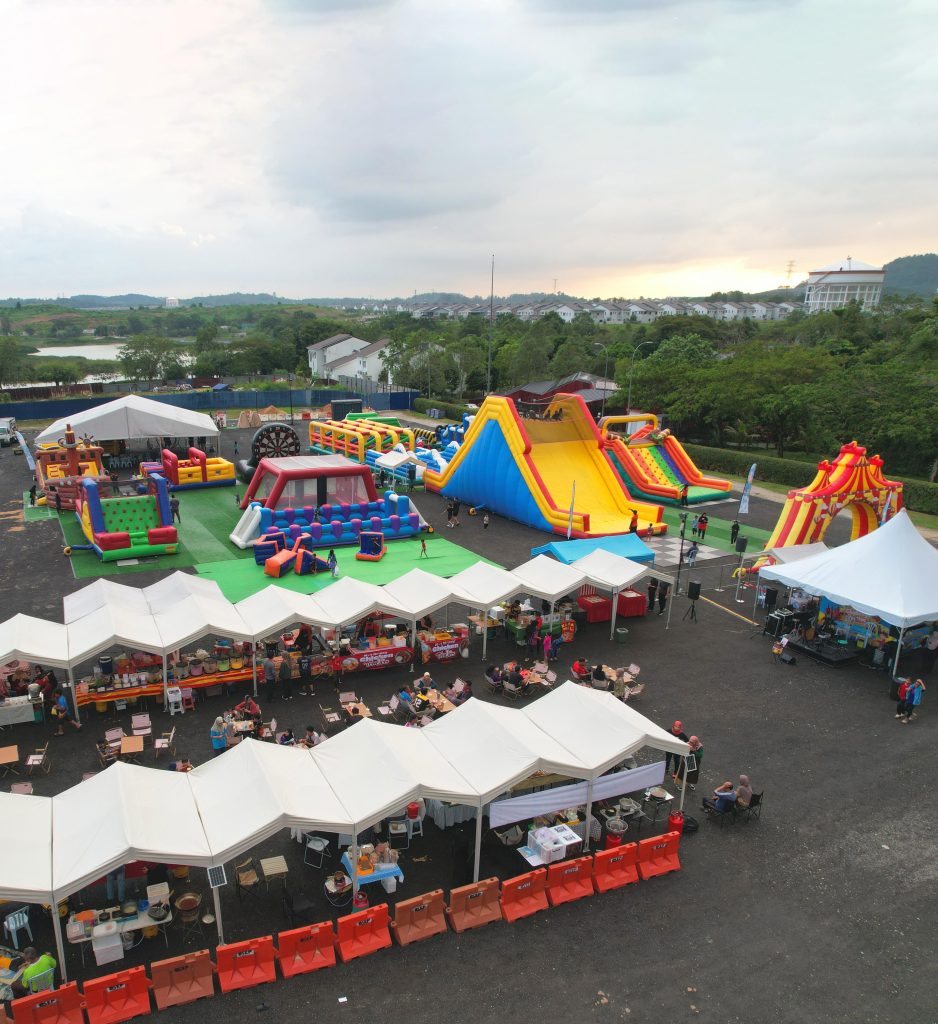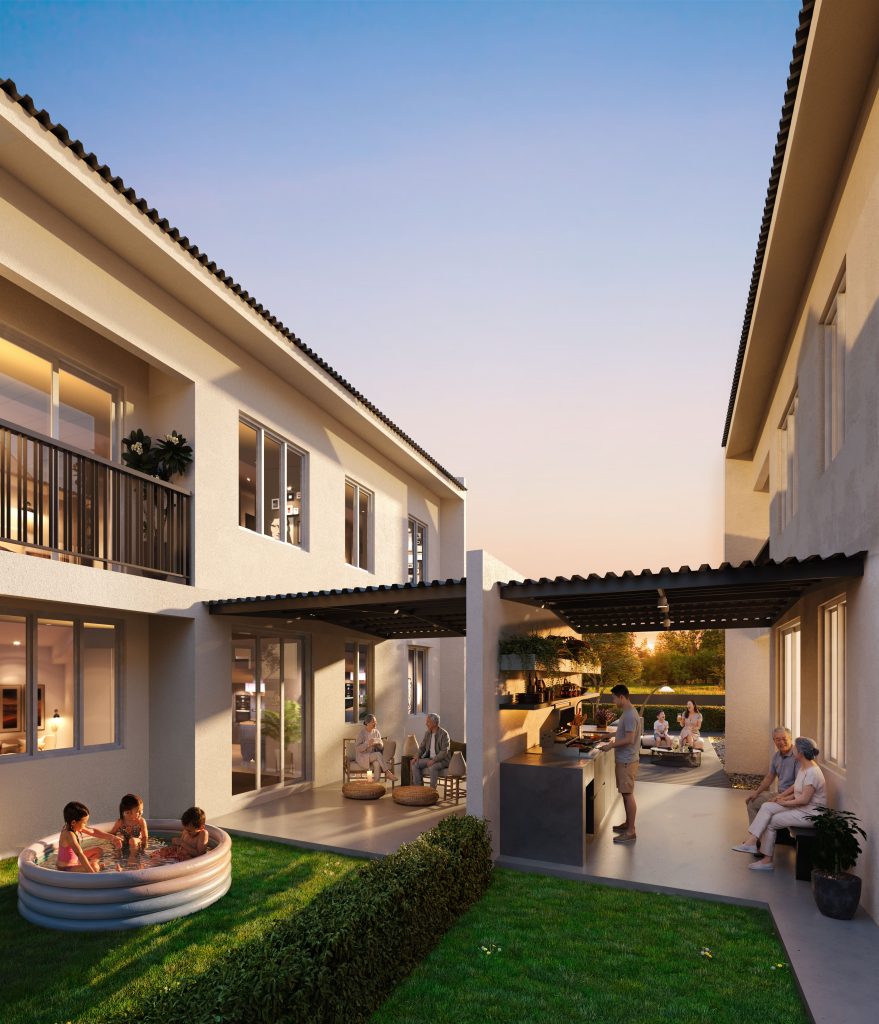By Chang Kim Loong and Ng Guat Yong
ENACTING a law to allow private land to be redeveloped once 75% of owners have consented is in essence legalising en bloc sale or making a forced sale. The proposed Urban Redevelopment Act (URA) does not only infringe the constitutional right to own property but also usurps the owner’s right of indefeasibility of title under the Torrens system.
Under the National Land Code, the owner’s right is indefeasible once the title is registered – meaning registration is a guarantee of ownership. However, the owner’s right will be eroded under the URA when the dissenting owners are ‘coerced’ into selling their property.
Right of property owners
Urban redevelopment involves multiple private property owners. Therefore, allowing en bloc sale (forced sale) on a basis of 75% to 80% threshold of consenting owners (instead of the prevailing 100%) will result in the rights of minority dissenting owners being disregarded and denied.
Owners are literally ousted from their own homes under the pretence of the property being classified as a slum and warranting redevelopment with higher intensity for commercial gain. Owners may even risk losing their property in the event developers become insolvent or run into liquidation and abandon the project.
Such a privatisation scheme will benefit developers at the expense of owners with lower bargaining power. Under the URA, instead of compensating owners who do not benefit from any profit-sharing scheme, the participating developers are given further tax relief (such as exemption or reduction in development charges, service fund or conversion premium) and non-tax incentives (increase in density/plot ratio, exemption from compliance for provision of open space and affordable housing, fast-lane approval).
The URA may be summarised as urban entrepreneurialism – an adverse Robin Hood effect to legalise stealing from the poor to give to the rich when the poorer owners are deprived of their rights.
In contrast, the redevelopment of institutional or government buildings owned by a statutory body or local authority can be addressed via the public-private partnership scheme (Unit Kerjasama Awam Swasta), which makes the URA irrelevant.
Role of public land
Public land offers significant benefits to the people and community from socio-economic and environmental aspects. Public realm space plays a pivotal role in balancing urbanisation as development progresses. The sponge city concept is critical with urbanisation to create sustainable, friendly cities that are resilient to climate change and flooding.
The URA may convert greenbelts, retention ponds, parks and public open spaces for development, resulting in greenhouse gas effects and disturbance in the natural water cycle that will cause erosion and flash floods. The URA not only brings about urban redevelopment of private land but raises the possibility of ‘privatisation’ and ‘commercialisation’ of land gazetted and reserved by state authority under the National Land Code.
Privatising public land is akin to auctioning land, which in essence is selling off public land to private entities. To privatise means to legitimise the transfer of land ownership and control from public to private hands for commercial gain at the expense of the people.
Not only does the URA allow for increased density or plot ratio but it seems to exempt the need for full compliance of open space requirements or providing public amenities and offering affordable housing. Privatising public land without proper infrastructure planning will lead to over-development and intensify pre-existing problems of traffic congestion and flooding.
The presence of open spaces and amenities to support the community will diminish as more public land is converted into private land for development. Allowing the private sector to exercise control over public land will lead to gentrification and social exclusions as the public realm diminishes.
Is URA necessary?
Under the strategic blueprint of the Urban Renewal Implementation Guidelines (Garis Panduan Perlaksanaan Pembaharuan Semula Bandar), the proposed URA has the following framework:
Urban Regeneration
– revival and rehabilitation of brownfields (abandoned projects)
– revitalisation and repurpose of greyfields for economic benefits
Urban Conservation
– preservation and restoration of existing heritage building
Urban Redevelopment
– existing building is demolished and acquired for redevelopment, involving a change of land use with increased density
New Development
– privatising public land; open space, urban greenbelt / green lung, forest reserve converted for development
Urban revitalisation and urban conservation can be implemented within the existing legislative framework without the need to introduce URA.
Urban revitalisation involves a change in building usage with minor alterations of the façade and interior while maintaining the overall structure to unlock potential economic benefits of underutilised, outdated or obsolete dead malls or ghost boxes.
Urban conservation or the preservation and restoration of heritage and historical buildings, is typically a public-led initiative, hence urban conservation under the URA is redundant and meaningless. The National Heritage Act also addresses the conservation and preservation of buildings gazetted under heritage listing, including acquisition for public purposes.
The revival of abandoned low-cost housing is under the jurisdiction of Syarikat Perumahan Negara Bhd (SPNB). For private development schemes, there is a mechanism for developers to undertake the revival of abandoned housing projects via tripartite novation, with the rights of the original developer being replaced with those of the new white knight developer.
Such undertaking to revive overdue and abandoned projects may not make any commercial sense for profit-oriented developers due to its inherent and unknown risks. Some of the deterrent factors include continuous running liquidated damages over 10 years to existing buyers to be settled, property under encumbrances (bank charge or liquidators), unknown and unforeseeable latent risks associated with structural integrity, potential leaks and dilapidated condition that are costly to remedy.
There are also legal complexities involving various stakeholders – the chargee / mortgagee bank, the insolvent developer, the frustrated house buyer and end-financier, plus a host of creditors such as contractors, suppliers and service providers.
Furthermore, the development potential is capped due to restrictions on existing structures and foundations. It will be extremely difficult to increase density for a higher GDV to enhance the profit margin. Therefore, developers will shy away from ‘high risk, low return’ abandoned projects.
In contrast, a clean slate approach on undeveloped virgin land (greenfield) and urban redevelopment (new building after demolition of existing building) with increased density can potentially yield a higher GDV with lower risks and costs. This ‘low risk, high return’ scheme will certainly be more appealing to developers.
Not only does the URA fail to address the underlying cause of urban slums but it also fails to resolve the dilemma of abandoned projects. Instead, the fundamental rights of owners and community benefits are at stake.
The URA appears to be a privatisation scheme inclined towards trading public interest for commercial gains that benefit property developers only.
Stay ahead of the crowd and enjoy fresh insights on real estate, property development, and lifestyle trends when you subscribe to our newsletter and follow us on social media.










































